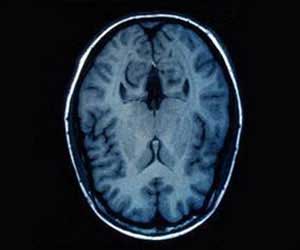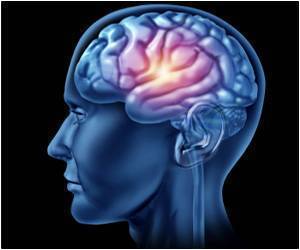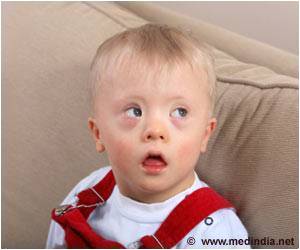Patterns of white matter microstructure present at birth and that develop after birth predict the cognitive function of children at ages one and two.

‘Understanding the cognitive function of children by studying the pattern of white matter could help identify cognitive problems and psychiatric disorders very early and develop appropriate interventions.’





"To our knowledge, this study is the first to measure and describe
the development of white matter microstructure in children and its
relationship to cognitive development from the time they are born until
the age of two years," said John H. Gilmore, senior author of the
study and director of the Early Brain Development Program in the UNC
Department of Psychiatry.The study was published online on in the Proceedings of the National Academy of Sciences.
In the study, a total of 685 children received diffusion tensor imaging (DTI) scans of their brains. DTI is a magnetic resonance imaging (MRI) technique that provides a description of the diffusion of water through tissue, and can be used to identify white matter tracts in the brain and describe the organization and maturation of the tracts.
The study authors used these brain scans to investigate the microstructure of 12 white matter fiber tracts important for cognitive function, their relationship to developing cognitive function and their heritability. They found all 12 of the fiber tracts in the newborns were highly related to each other.
By age one, these fiber tracts had begun to differentiate themselves from each other, and by age 2 this differentiation was further advanced. The most interesting finding from the study was that the common relationship between white matter tracts at birth predicted overall cognitive development at age one and language development at age two, indicating that it may be possible to use brain imaging at birth to better understand how a child's cognitive development will proceed in the first years after birth.
Advertisement
"There is rapid growth of brain structure, cognition and behavior in early childhood, and we are just starting to understand how they are related," Gilmore said "With a better understanding of these relationships, we ultimately hope to be able to identify children at risk for cognitive problems or psychiatric disorders very early and come up with interventions that can help the brain develop in a way to improve function and reduce risk."
Advertisement
Source-Eurekalert













